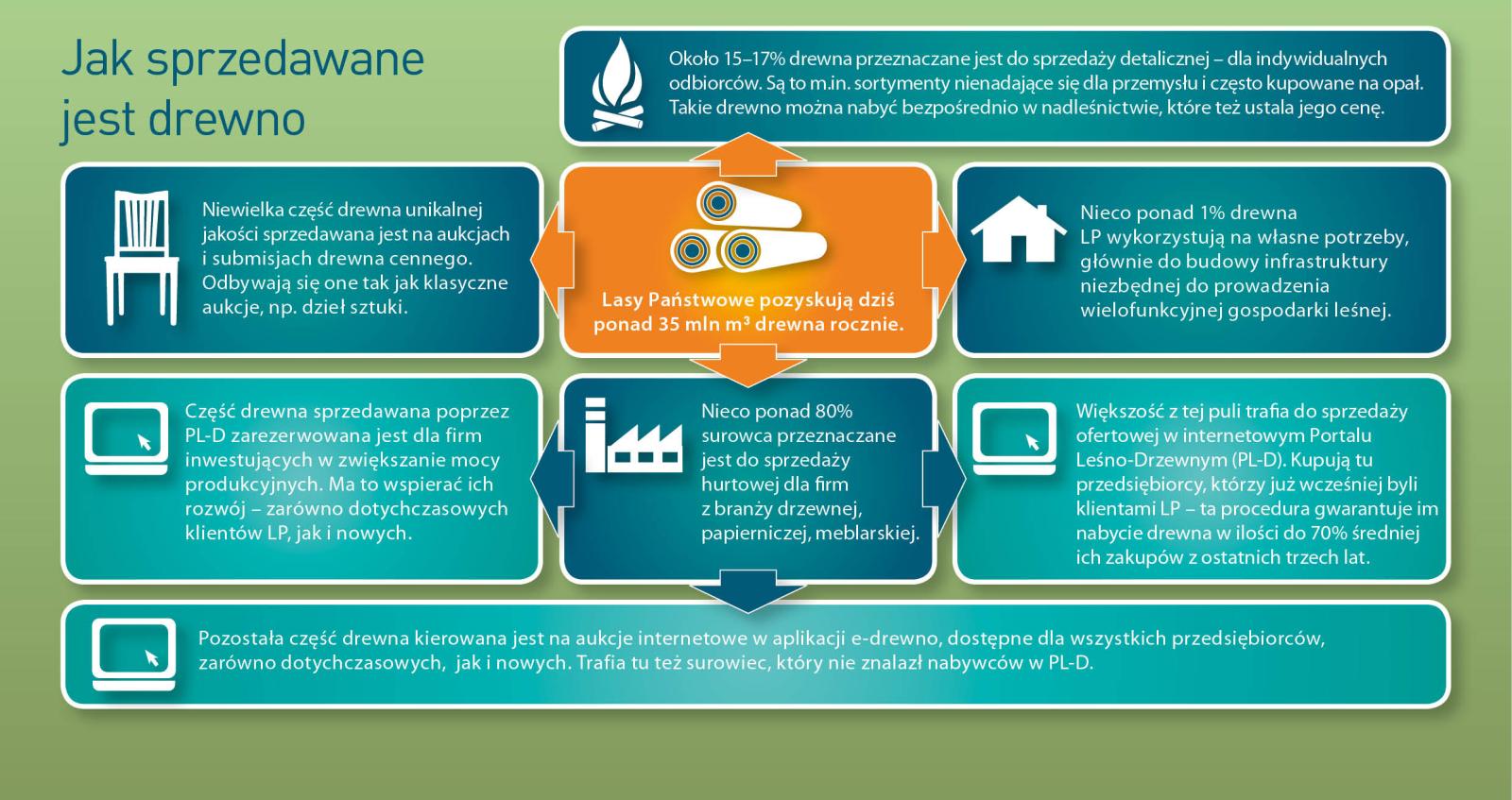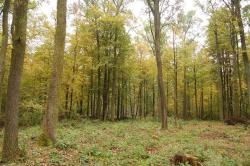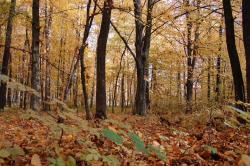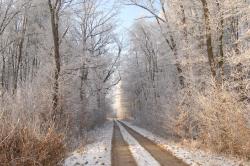 Asset Publisher
Asset Publisher
Sale conditions
Sale conditions of wood are specified by the regulation of Director – General of the Sate Forests.
Within the framework of the individual sale , the foresters try to meet the fast growing demand, because more and more people use wood in order to heat their houses. Contrary to general opinion, these are not only village people, even though they prevail among recipients. The growth of firewood demand is the result of occurrence of new housing estates built in the suburbs of large agglomerations, where houses are usually equipped in fireplace heating installations.
Firewood is not only the most ecological heat source, but also is much more attractive in respect of relation of price and electric efficiency, rather than cola, oil, gas or electric power.
In recent years, the Sate Forests increased the sale of firewood of one third – up to over 4 million cubic meters annually. Firewood is not only the most ecological heat source, but also is much more attractive in respect of relation of price and electric efficiency, rather than cola, oil, gas or electric power. Some of customers choose already prepared and cut into pieces wood, the others very willingly obtain it by themselves after arranging all details and fulfilling particular safety conditions, and after paying the fee; that concerns mainly so called "thinnings". Such a raw material is very cheap, that is why many people from village areas profit from such possibility.
 Asset Publisher
Asset Publisher
 Asset Publisher
Asset Publisher
Lasy nadleśnictwa
Lasy nadleśnictwa
Lasy Nadleśnictwa Mircze podlegają Regionalnej Dyrekcji Lasów Państwowych w Lublinie. Nadleśnictwo Mircze zarządza gruntami na powierzchni 9505,26 ha (wraz ze współwłasnościami).
Typ siedliskowy lasu określa rolę w produkcji leśnej wszystkich gatunków drzew, które mogą występować w danych warunkach siedliska. Obejmuje zespoły leśne reprezentujące różne stadia sukcesji ekologicznej. Typy siedliskowe lasu mogą się różnić składem florystycznym, strukturą, trwałością, żyznością i wilgotnością gleby, klimatem ukształtowaniem terenu i jego budową geologiczną.
Gleby naszych terenów tzw. lasu świeżego należą do typu brunatnych lub skrytobielicowych.
Ważniejszymi roślinami runa leśnego są: marzanka wonna, żywiec cebulkowy, żonkil zwyczajny, perłówka jednokwiatowa i miejscami czosnek niedźwiedzi. W warstwie podszytowej występują: kruszyna pospolita, leszczyna, trzmielina.
W składzie gatunkowym drzewostanów występują jako gatunki główne dąb a także w granicach zasięgu naturalnego buk oraz jako domieszka: grab, brzoza, lipa, klon, jesion, wiąz i jawor.
Grab tworzy zazwyczaj dolne piętro.
Charakterystyczne jest występowanie gatunków kontynentalnych: turzycy orzęsionej, zdrojówki rutewkowatej oraz roślin azoto i wilgociolubnych: pokrzywy, niecierpka pospolitego, kopytnika, bodziszka cuchnącego, gwiazdnicy wielkokwiatowej, jaskra owłosionego, czartawy pospolitej.
Wiosną kwitną i zawiązują liście tzw. neofity rozwijające kwiaty przed rozwojem liści drzew i krzewów. Jest to głównie zawilec gajowy tworzący białe dywany, przylaszczka, groszek wiosenny i fiołek leśny.
Pozostałe rośliny rozwijają się pod okapem ulistnionych warstw drzew i krzewów.








